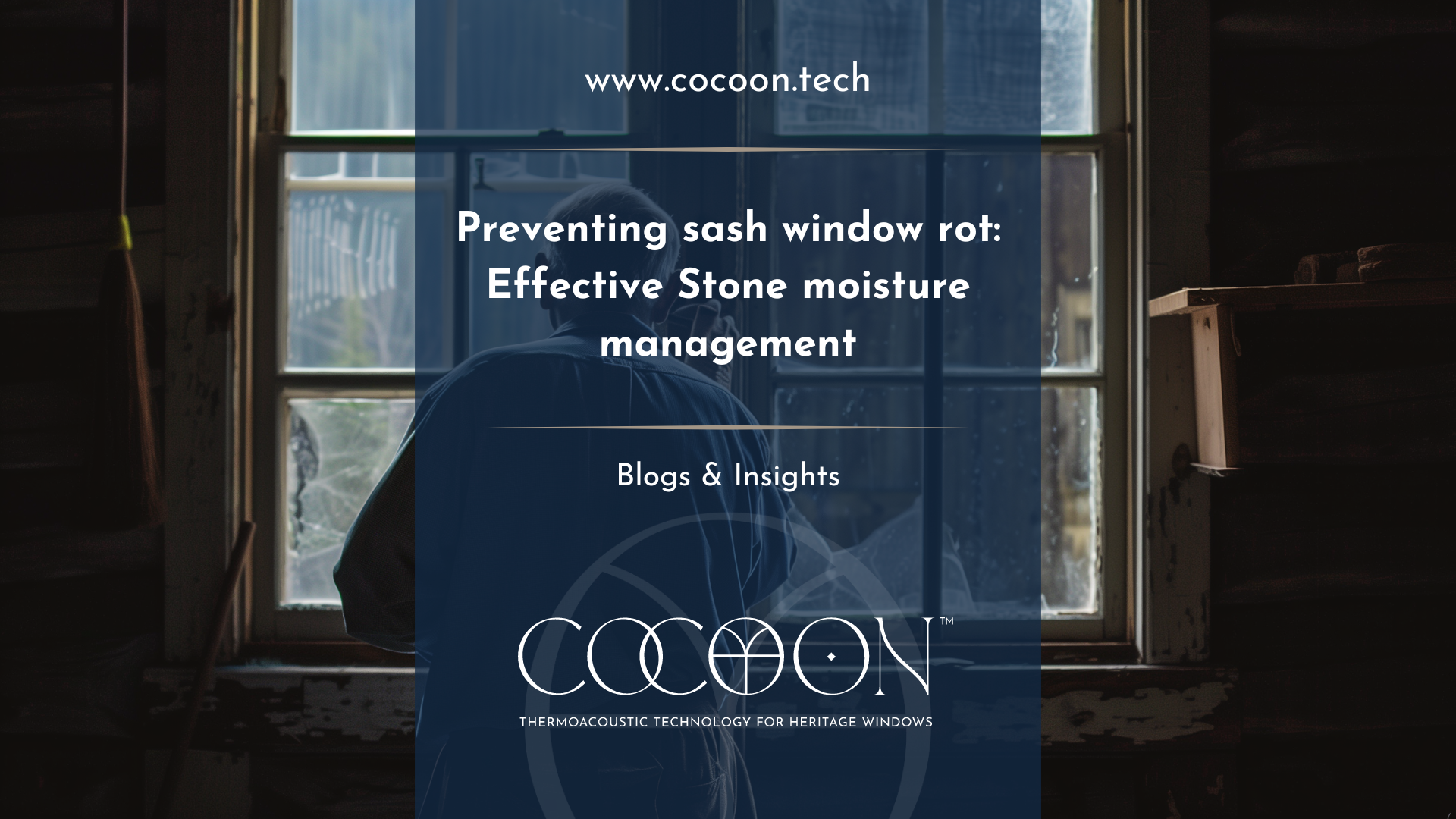How to Identify Asbestos in your Windows | Glaze & Save
Ten years
ago, famed London department store Selfridges was forced to close the window
display
of its Oxford Street store for over a month after the discovery of
asbestos in the five main window units. Yet this incident is just one of the many where asbestos is uncovered in older
properties.
Asbestos is a group of naturally occurring minerals widely used as insulation in the UK between the 1950s and 1980s , known for its many attractive properties including heat resistance, sound absorption, incombustibility and strength.
Asbestos is not a single type of mineral : in fact the term asbestos refers to a group od silicate minerals that share the same fibrous nature. It is therefore common to hear references to “white asbestos” (chrysotile), and the less common “blue asbestos” (crocidolite) and “brown asbestos” (amosite).
According to High Speed Training , “In the UK, any building or material manufactured or refurbished before the year 2000 may contain asbestos. Therefore, you have an increased risk of encountering it when working on pre-2000 properties.”
When the materials that contain asbestos are disturbed, the asbestos fibres are released into the air. On inhalation, these fibres can caused serious diseases that develop over time.
“ Once asbestos fibers are in the body, they never dissolve, and the body has extreme difficulty expelling them. Over years of time, trapped asbestos fibers can cause inflammation, scarring and eventually genetic damage to the body’s cells.”
In fact, asbestos-related diseases can be so devastating that, even though safety regulations banning the use of asbestos were brought into force in the UK in 1999, asbestos still kills around 5000 workers each year, more than the number of people killed on the road, with around 20 tradesman die each week as a result of past exposure.
Because any building or material manufactured or refurbished prior to the year 2000 may contain asbestos, it is important to be aware of how to identify asbestos, particularly in the window rebate since windows are the component of a property most likely to be removed and refurbished.
While asbestos can be difficult to identify with the naked eye, there are certain traits that make it identifiable such as dimpling and textured coatings such as Artex.
Also, the use of asbestos was so widespread and given that there has been no comprehensive list of products or brands made using the material: data sheets and safety information labels were also not commonly in use during the peak years of asbestos utilization. This can make the identification of asbestos even more challenging. According to Asbestos Guide.org;
“Just performing a visual inspection or comparing products you think may contain asbestos with photos online, no matter how reliable the source, is not a sufficient way to determine whether a material contains asbestos or not.”
Asbestos can be found in numerous places in your windows. Fire resistant window putty was sometimes produced with asbestos. For this caution is recommended when handling older windows putty;
“ We recommend caution around window putty for the same reason we urge people to take care around asbestos roofs : although the material is not dangerous in its original, bonded form, the fact that it’s constantly exposed to the elements means that it will inevitably break down over the years. Weathering can make non-friable asbestos friable.”
The Health & Safety Executive also details several other areas that asbestos can be found in the window area. Asbestos can be found in window paneling and in window sills, and the HES provides picture examples of what this might look like.
If during the course of work in or around your home you discover materials that you believe to be asbestos, you or your tradespeople must stop work immediately. Professionals should put up a warning sign and ensure that no one enters the area. A sample of the material must be analysed to ascertain if it does in fact contain asbestos. The Health and Safety Executive has provided a flow chartwhich advises of whether the material requires the use of a license contractor to remove.




















